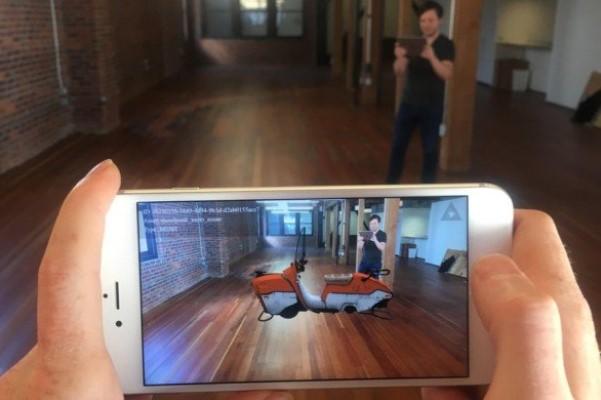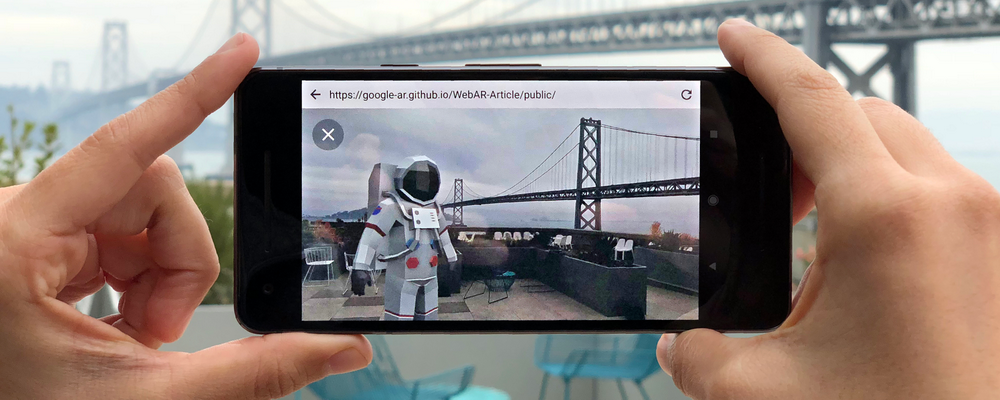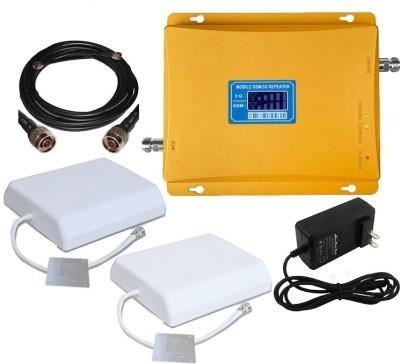Augmented reality technology is booming across industries and companies are finding its use cases very fascinating and futuristic. With AR technology, companies can accelerate many of their operations and bring more productivity at various operational touchpoints.
Be its customer experience, supply chain management, or efficient staff training, augmented reality solutions are giving new ways to perform things with better agility. However, individuals need to use an application to enjoy the experience to the fullest.
To overcome this friction, web augmented reality is disrupting the entire AR implementation with its seamless experience. WebAR is also a full-fledged AR experience that users can access using their smartphone without installing an application. Only with a click on a link, users can start exploring AR-based content seamlessly.
This advancement lets smartphones use their browsers to enable AR content using technologies like WebGL, WebRTC, and custom APIs.
How does Web AR work?
Once the users scan the QR code or hit the AR web link, the browser renders the AR-based 3d images and maps them with real-world objects or flat surfaces. The process is much similar to the app-based AR and the only difference is that the complete image rendering is done at the browser end.
The smartphone’s camera tracks three axes of orientation and three axes of position to form the synchronization between the real and the virtual world.
Once the browser renders the image, the 3d project is visible on the smartphone’s screen and the individual can zoom in or zoom out the images. Along with this, Web AR also allows users to drag the images to a different location to have a better overview of them. Like app-based AR, users can also browse and drag different AR objects using their smartphone’s browser.
Market Implications of WebAR
WebAR is gaining substantial popularity in the market like the core augmented reality app implications. Companies are sensing a huge potential in this advancement as it offers endless opportunities for business scalability, growth, and customer retention.
Users’ behaviour is changing and companies are using Web AR as the alternative to AR applications to gain faster attention and generate higher traction in their marketing campaigns. As users are only a click or a scan away from the ultimate webAR experience, the entry barrier is negligible.
With the ability to transform the user experience in the browser, companies across multiple industries are using this technology to boost the engagement rate. Be it offering interactive content to the audience or helping the marketing teams and ground workers, Web AR offers multiple use cases.
Post pandemic, companies are forced to work with limited resources, to streamline the work across all touchpoints, Web AR is acting as a boon.
Massive audience reach is another ground-breaking reason why industries are using this technology in their core marketing strategies. WebAR works on all mobile platforms as it’s a browser-based technology. Unlike application-based AR where developers need to create separate applications, WebAR works seamlessly regardless of the mobile operating system.

Industries that can use Web AR to thrive on growth
Several industries can utilize the potential of Web AR technology to bring more customers, sales, and brand engagement. Below are some industries that can use web augmented reality:
E-Commerce & marketing
The 4.28 trillion-dollar E-Commerce industry is booming amid the pandemic and Web AR is an accelerator for companies selling products online. With web augmented reality service, web shops can promote their products in a much real-to-life manner. Customers can check the products in a 360° which will help to bring more sales and traction.
Interactive product marketing is the next big thing in 2021 and beyond. Companies can use this technology to take an edge in their competitive domain.
Tourism and hospitality
The tourism and hospitality industries are billion-dollar industries and Web AR technology can play wonders. From giving a virtual tour before the actual trip begins to make the navigation easier, the opportunities are infinite.
Along with this, tourism and hospitality groups can use this technology to promote their brand and create a higher engagement. Companies can also streamline their operations to offer better services to customers with a custom AR solution.
Education
Similar to work from home, schools and universities are also delivering lectures from remote locations and Web AR can help with creating a better learning environment. Teachers and students can collaborate over a Web AR interface to discuss a topic with more in-depth details.
Compared to digital infographics, and detailed diagrams, rendered 3d objects are more interactive and information-driven. In the upcoming time, we will see more applications of web AR in the education domain.

Future of WebAR technology
Web augmented reality services are the future of seamless business operations and scalability. The global augmented reality market will reach 340.16 billion dollars by 2028 as more companies will adopt its futuristic applications. In the upcoming time, more companies regardless of their sizes will integrate WebAR technology to offer better customer experience and services.



















